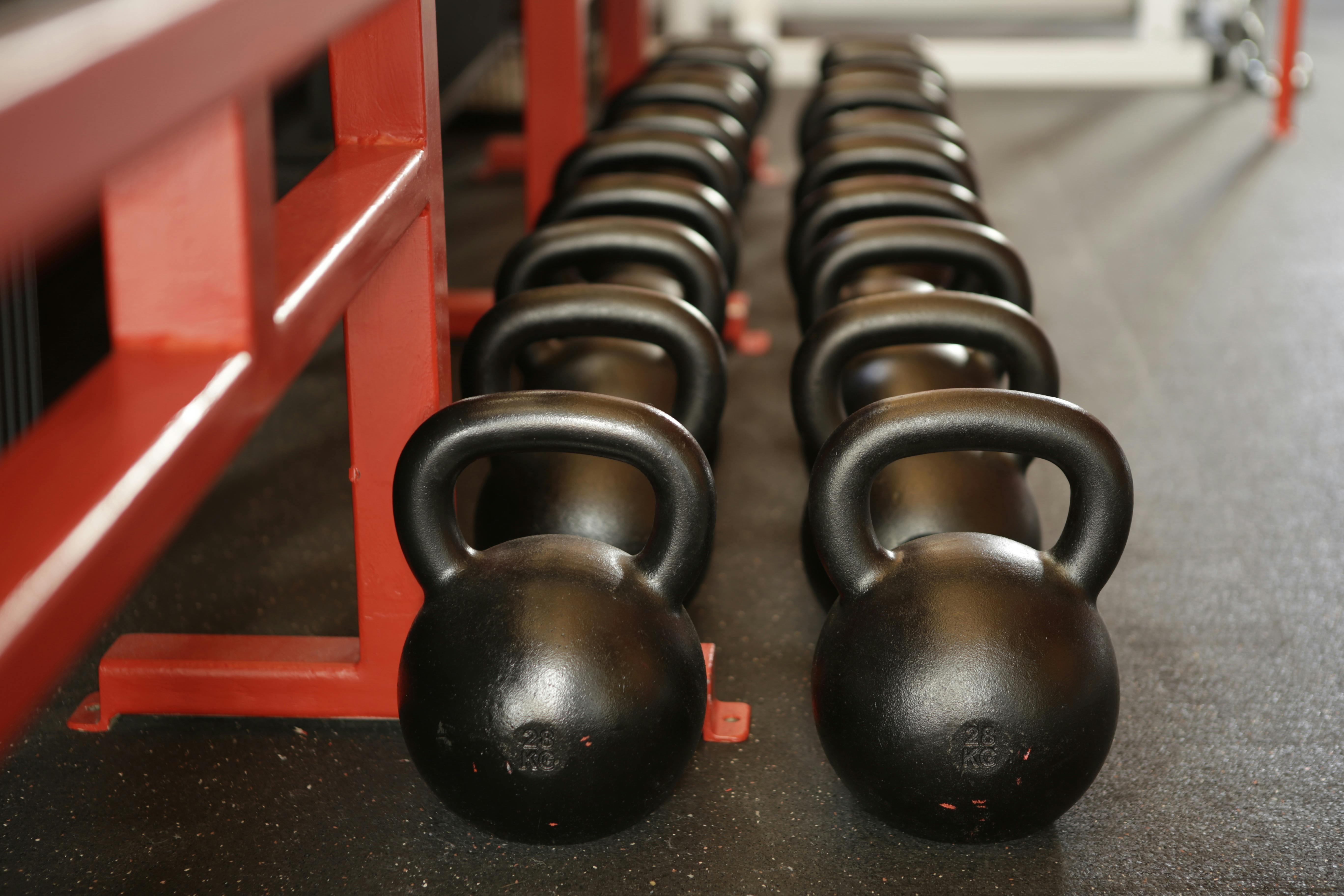Welcome, fitness enthusiasts and curious minds! Have you ever pushed through a tough workout, only to wake up the next day feeling surprisingly fresh, leading you to wonder if you even trained hard enough? It’s a common misconception that a truly effective workout must always be followed by debilitating muscle soreness. This article will debunk that myth and explore what truly indicates a successful training session.
By the end of this read, you’ll gain a clearer understanding of muscle soreness, its role (or lack thereof) in muscle growth, and more reliable metrics to gauge your fitness progress. We’ll dive into the science behind muscle adaptation, provide practical tips, and help you shift your focus from pain to performance. Get ready to redefine your understanding of effective exercise!
Understanding Delayed Onset Muscle Soreness (DOMS)
Delayed Onset Muscle Soreness, or DOMS, is the pain and stiffness felt in muscles several hours to days after unaccustomed or strenuous exercise. It typically peaks between 24 to 72 hours post-exercise. While often associated with a “good workout,” DOMS is primarily a symptom of microscopic damage to muscle fibers.
What Causes DOMS?
DOMS is not caused by lactic acid buildup, a common misconception. Instead, it results from micro-tears in the muscle fibers and surrounding connective tissue, particularly during eccentric contractions (the lengthening phase of muscle movement, like lowering a dumbbell during a bicep curl). This damage triggers an inflammatory response, leading to the sensation of soreness.
- Eccentric Exercise: Activities like downhill running, lowering weights, or the negative phase of a push-up are highly effective at inducing DOMS.
- Novelty: Performing new exercises or movements your body isn’t accustomed to will often result in more significant DOMS.
- Intensity: Higher intensity or volume, especially when starting a new program, can also contribute to soreness.

Fact Check: While DOMS can be uncomfortable, it is generally a normal physiological response and not necessarily a sign of injury. However, severe, debilitating pain that persists for more than a few days could indicate something more serious and warrants professional advice.
The Link Between Soreness and Muscle Growth
For a long time, muscle soreness was considered the gold standard for a “good” workout, implying that if you weren’t sore, you weren’t growing. However, modern sports science has largely debunked this direct correlation. While the micro-tears that cause DOMS are part of the muscle adaptation process, they are not the sole or even primary driver of muscle hypertrophy (growth).
Why Soreness Isn’t a Reliable Indicator
Your body adapts quickly. As you consistently perform the same exercises, your muscles become more efficient and resilient, leading to less DOMS over time, even with increased intensity. This reduced soreness doesn’t mean your muscles aren’t growing or getting stronger; it simply means they’ve adapted to the stress.
“The absence of muscle soreness does not mean that your muscles are not adapting or growing. It simply means that your body has become accustomed to the exercise stimulus.” – Dr. Brad Schoenfeld, renowned exercise scientist.
The primary mechanism for muscle growth is progressive overload. This principle involves continually increasing the demands on your muscles over time. This can be achieved by lifting heavier weights, performing more repetitions, increasing training volume, or reducing rest times.

True Indicators of an Effective Workout
If soreness isn’t the key, what should you look for? Focusing on measurable progress and how your body performs during and after workouts provides a much more accurate picture of effectiveness.
Key Metrics to Track
- Strength Gains: Are you lifting heavier weights or performing more reps with the same weight over time? This is a direct measure of increased strength.
- Improved Endurance: Can you run further, cycle longer, or complete more rounds in a circuit training session? This indicates improved cardiovascular and muscular endurance.
- Better Form and Technique: As you get stronger and more skilled, your exercise form should improve, allowing you to target muscles more effectively and reduce injury risk.
- Body Composition Changes: Are you seeing changes in muscle definition, fat loss, or overall body shape? These are long-term indicators of effective training and nutrition.
- Increased Energy Levels: Regular, effective exercise often leads to improved overall energy, mood, and sleep quality.
Pro Tip: Keep a workout journal! Tracking your weights, reps, sets, and even how you felt during each session is invaluable for monitoring progress and ensuring progressive overload.
When Soreness Can Be Misleading
While DOMS isn’t a prerequisite for progress, it can still occur, especially when you introduce new exercises, significantly increase intensity, or return to training after a break. However, chasing soreness can be counterproductive and even harmful.
The Pitfalls of Chasing Soreness
- Overtraining Risk: Constantly pushing for extreme soreness can lead to overtraining, burnout, and increased risk of injury.
- Impaired Performance: Severe DOMS can hinder your ability to perform optimally in subsequent workouts, disrupting your training consistency.
- Negative Association: If you equate pain with progress, you might dread workouts, making it harder to stick to your fitness routine long-term.

Focus on consistency, proper form, and gradual progression rather than the immediate sensation of soreness. Your body’s ability to adapt and recover is just as important as the workout itself.
The Importance of Recovery and Adaptation
Muscle growth and strength gains don’t happen during the workout; they happen during the recovery period. Adequate rest, nutrition, and hydration are crucial for your body to repair muscle fibers, adapt to the training stimulus, and become stronger.
Optimizing Your Recovery
- Sleep: Aim for 7-9 hours of quality sleep per night. This is when most of your body’s repair and recovery processes occur.
- Nutrition: Consume adequate protein for muscle repair and growth, and sufficient carbohydrates for energy replenishment.
- Hydration: Stay well-hydrated throughout the day, especially around your workouts.
- Active Recovery: Light activities like walking, stretching, or foam rolling can help improve blood flow and reduce stiffness without adding significant stress.
Remember: Less soreness often indicates improved recovery and adaptation, which are positive signs of progress, not a lack of effort.
Conclusion: Redefining Workout Success
The notion that “no pain, no gain” is the ultimate truth in fitness is outdated. While muscle soreness (DOMS) can be a natural response to new or intense exercise, it is not a reliable indicator of workout effectiveness or muscle growth. Your body’s incredible ability to adapt means that as you get fitter, you may experience less soreness, even as you continue to make significant progress.
Instead of chasing soreness, focus on consistent progressive overload, improved performance metrics like strength and endurance, better form, and positive changes in body composition. Prioritize adequate recovery through sleep, nutrition, and hydration to maximize your gains.
Embrace a smarter approach to training that values long-term progress and sustainable habits over temporary discomfort. Your fitness journey is about continuous improvement, not constant pain.
What are your go-to indicators for a successful workout? Share your thoughts and experiences in the comments below!
Further Reading & Resources:
- Delayed Onset Muscle Soreness: Treatment Strategies and Performance Factors (A comprehensive review on DOMS from 2021)
- The Science of Progressive Overload (An article from the National Strength and Conditioning Association)
